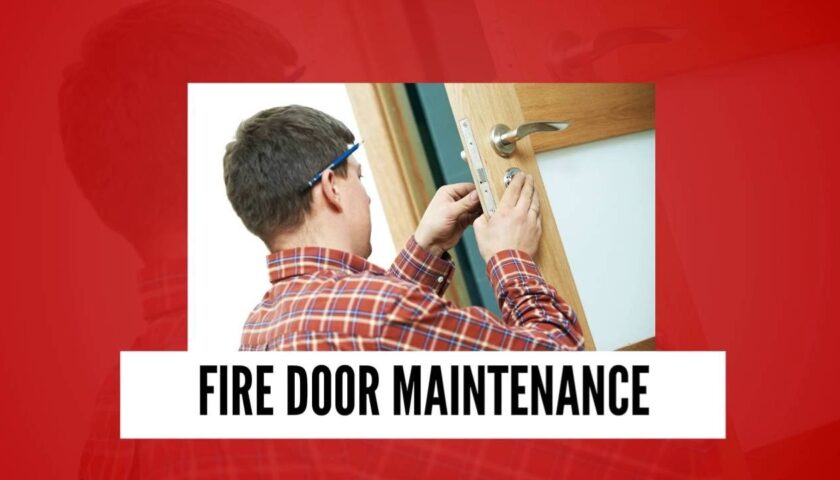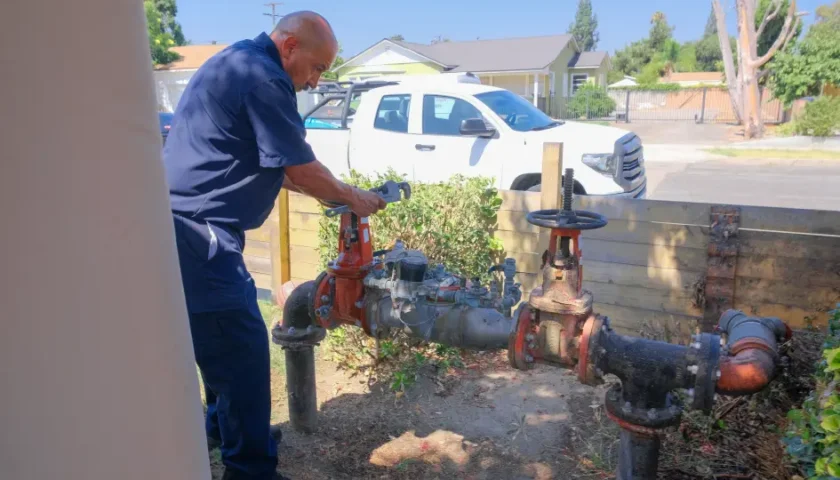It is a noteworthy investment whether you are looking to buy a new or used car. Ensuring that the vehicle is in good condition before purchasing can save you from unexpected expenses and future regrets. A pre-purchase car inspection (PPI) is a critical step that comprehensively assesses a vehicle’s condition. This detailed guide will cover key inspection points and explain why a PPI is crucial.
Key Pre-Purchase Car Inspection Points
A thorough pre-purchase car inspection typically includes evaluating various vehicle components and ensuring they meet safety, performance, and reliability standards. Below are the essential points covered during the inspection:
Exterior Inspection
Paint Condition:
Check for inconsistencies, scratches, dents, or signs of rust that indicate previous damage.
Body Panels:
Look for any misalignment or uneven gaps between panels, which could suggest prior accidents.
Glass and Mirrors:
Inspect for cracks, chips, or signs of repairs that could impair visibility.
Lights and Signals:
Ensure headlights, brake lights, turn signals, and fog lights are all functioning properly.
Interior Inspection
Seats and Upholstery:
Examine seats for wear, tears, stains, or signs of water damage.
Dashboard and Controls:
Ensure all gauges, buttons, and features (such as air conditioning, heating, and infotainment) work properly.
Odometer Reading:
To identify potential tampering, compare the mileage with the vehicle’s age and condition.
Seat Belts and Airbags:
This is for proper functionality and any warning indicators related to safety features.
Under the Hood
Engine Condition:
Look for leaks, worn-out belts, or corrosion on battery terminals.
Oil and Fluid Levels:
Inspect engine oil, brake fluid, transmission fluid, and coolant levels and quality.
Hoses and Belts:
Ensure they are in good condition with no visible cracks or fraying.
Battery Health:
A weak or corroded battery could lead to starting issues and electrical problems.
Tires and Brakes
Tire Tread and Condition:
Uneven wear may indicate alignment issues or suspension problems.
Brake Pads and Rotors:
Worn-out brake pads or warped rotors can compromise stopping power and safety.
Suspension System:
Check for leaks, bouncing, or creaking sounds when driving over bumps.
Test Drive Evaluation
A test drive is one of the most crucial steps in a pre-purchase inspection. Here’s what to focus on:
Acceleration and Braking:
Ensure smooth acceleration and effective braking without unusual noises.
Steering and Handling:
The car should respond well to steering inputs without excessive vibrations.
Transmission Performance:
Check if the gears shift smoothly and without delay.
Strange Noises:
Unusual sounds, such as knocking, rattling, or whining, can indicate underlying mechanical issues.

Underbody and Exhaust System
Rust or Corrosion:
Excessive rust can weaken structural integrity and lead to costly repairs.
Leaks:
Look for oil, coolant, or transmission fluid leaks under the car.
Exhaust Smoke Color:
Blue smoke indicates burning oil, white smoke may signal coolant leaks, and black smoke can suggest fuel mixture issues.
Vehicle History and Documentation
Service Records:
Verify regular maintenance and any past repairs.
Accident History:
A history report can reveal past accidents and the extent of damage.
Title and Ownership:
Ensure the car has a clean title without outstanding loans or legal issues.
VIN Verification:
Match the vehicle identification number (VIN) with the records to avoid fraud.
Why Pre-Purchase Car Inspection is Important
A pre-purchase car inspection provides peace of mind and helps buyers make informed decisions. Here’s why it’s essential:
Avoiding Costly Repairs
Detecting mechanical or structural issues before purchase prevents unexpected repair costs. A small investment in an inspection can save thousands in repairs down the line.
Ensuring Safety
A defective vehicle can pose significant safety risks. Issues such as faulty brakes, airbag malfunctions, or worn-out tires can lead to accidents. A thorough inspection ensures the car meets safety standards.
Identifying Hidden Damage
Some sellers may hide previous damage, including flood damage or major accidents. A professional inspection reveals these issues, preventing buyers from purchasing a car with concealed defects.
Determining the True Value of the Car
An inspection helps assess whether the asking price is fair. If major repairs are needed, you can negotiate a lower price or opt for a better alternative.
Preventing Fraud
Odometer fraud and title scams are common in the used car market. A detailed inspection ensures the vehicle’s history aligns with the seller’s claims.
Boosting Buyer Confidence
Knowing that a vehicle has passed an independent inspection gives buyers confidence in their purchase. It also helps with resale value, as a well-maintained car is more attractive to future buyers.
Conclusion
A pre-purchase and Classic Car inspections are essential to buying a vehicle. Buyers can make well-informed decisions by examining key points such as the exterior, interior, engine, tires, brakes, and underbody. Before buying your next car, take the time to get a professional inspection—it could save you time, money, and headaches in the long run.



